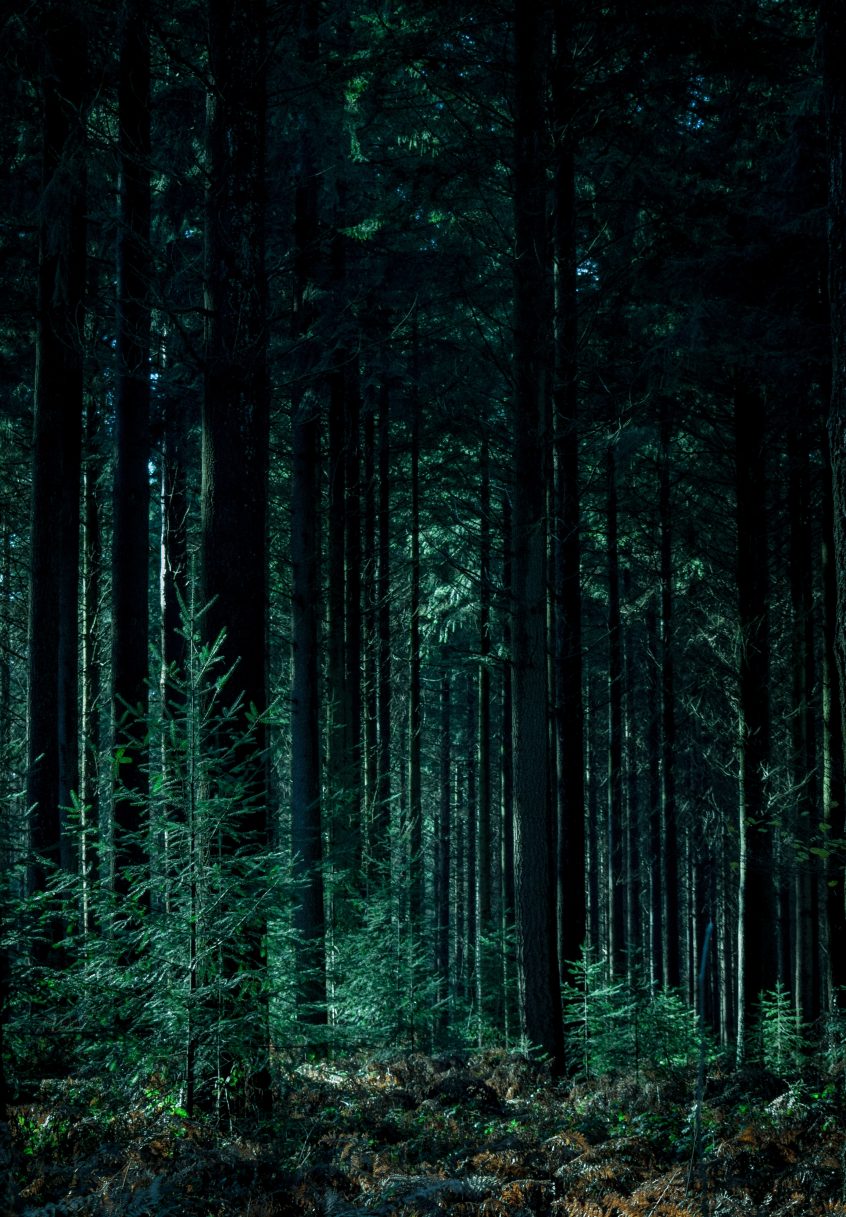An unseasonably wetter and cooler summer – especially in traditionally drier parts of the state – is resulting in fewer and less intense wildfires this summer. The Lens reports that an “unusually high amount of rainfall in eastern Washington in the first part of August has helped keep this year’s wildfire season mild – even in the face of recent lightning strikes.”
The news site also notes that recent rains in eastern and central Washington have helped tamp down fires. The Lens reported:
According to the Northwest Interagency Coordination Center (NWCC), not only did those regions receive 300-400 percent above average precipitation for this time of year, but the rainfall put a halt to the Williams Flat Fire in northeastern Washington after the area received 1.5 inches of rain. The rain also occurred at the same time a thunderstorm produced 20,000 lighting strikes igniting approximately 400 wildfires, including the Devore Creek Fire. NWCC reports that the rainfall also moistened lighter fuels in different parts of the state.
A milder wildfire season is good news all around for residents living on both sides of the Cascades. It also helps the Department of Natural Resources and local agencies better respond to current fires and focus some of its resources on investments to fight future fires more effectively.
Though cooler temperatures and more humidity has resulted in a less severe wildfire season thus far, weather experts and wildland firefighters say conditions could change swiftly and vowed to remain watchful. A wetter than usual summer has made it so Western Washington is no longer an elevated risk for wildfire, but Eastern Washington continues to be a “significant threat for above-average wildfires” the next two months.
“For parts of Washington state, [there is] an elevated risk for wildland fires in August and September. I’d be surprised if we didn’t get some major fires somewhere,” according to Nick Bond, a Washington state meteorologist.
Recognizing that wildfires will happen during cooler and hotter summers, and that fires play an essential role in the natural cycle of forests, private forestland owners are working alongside researchers, scientists and state, local and tribal agencies to promote healthy, resilient forests. Championing smart forest management policies and employing strategies that promote well-managed forests are essential to reducing the severity of wildfires, while protecting wildlife, clean water and air quality.
Practices like thinning help reduce tree density to allow more sunlight to nourish thriving trees while reducing the spread of wildfire. Managing insect infestations, disease and excessive animal damage can limit forest destruction and help trees withstand temperature extremes and drought. In addition, properly applied herbicides can help prevent wildfire and promote the growth of young trees by controlling wild vegetation and grasses that compete for growing space and resources.
Regardless of this year’s weather, many anticipate that we will have future summers where forest fires and smoke-filled skies become more common as wildfires grow in size and frequency throughout the Pacific Northwest during increasingly warmer summers. And while researchers say it’s too early to assert that smoky August days will be a trend, they do say that it is more likely we’ll see a few smoky weeks in the coming years.
Said a research meteorologist to the Seattle Times:
It’s hard to predict when smoke might fill our skies, but Sim Larkin, research meteorologist and climate scientist with the U.S. Forest Service, said there will be a “higher probability” of smoky skies in 2019 and beyond.
“Is this a thing to expect? Yes, more fires mean more smoke,” Larkin said. “But that doesn’t mean that next summer will definitely have a smoky period.”
